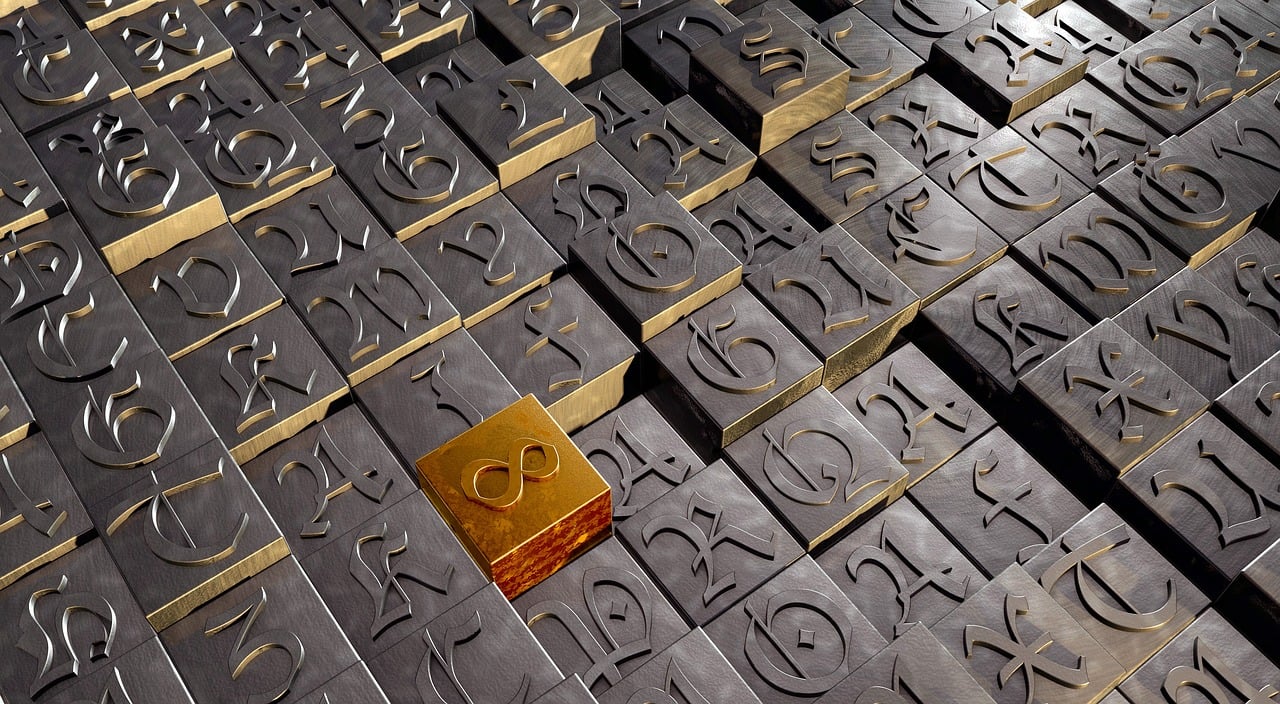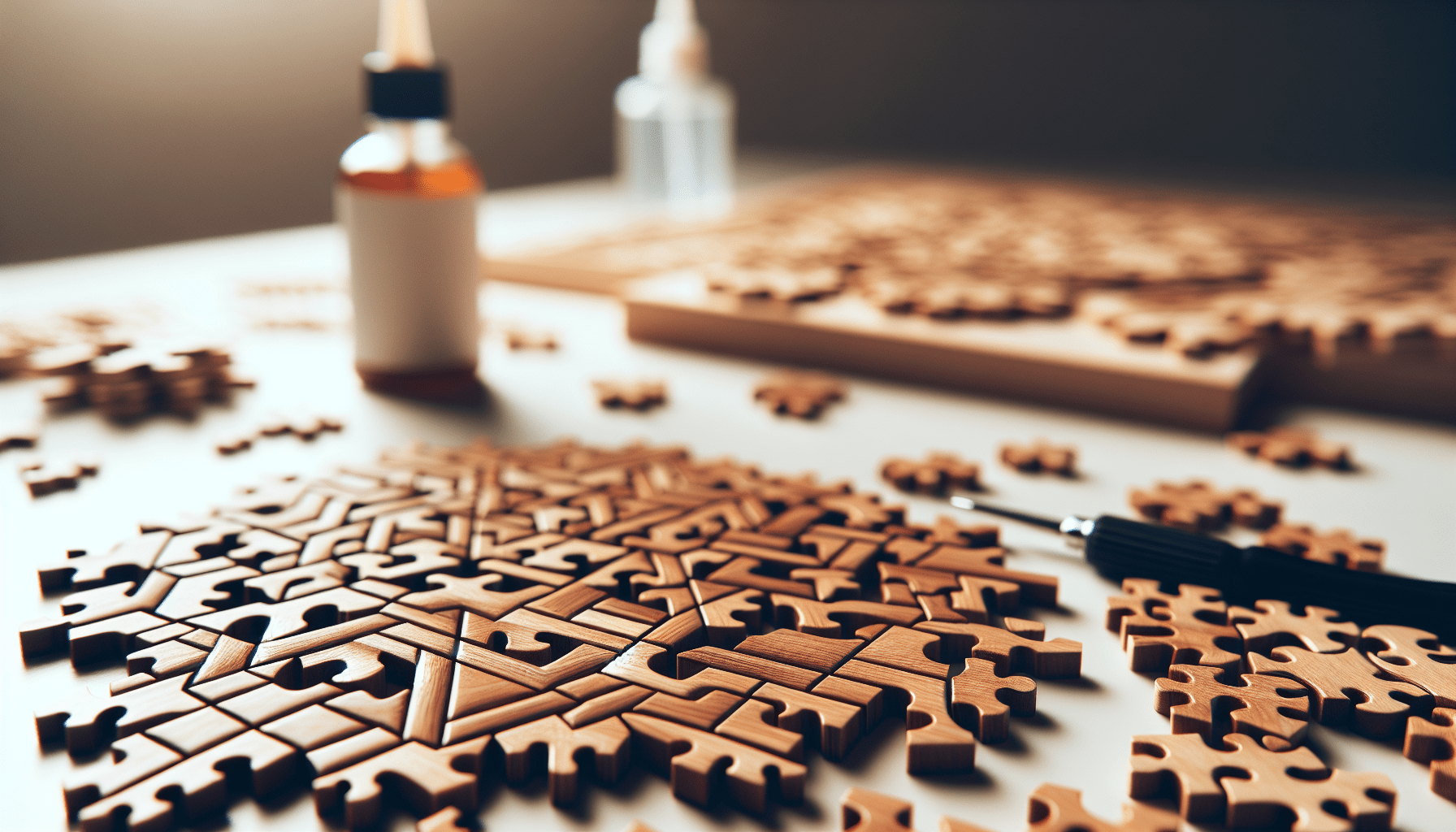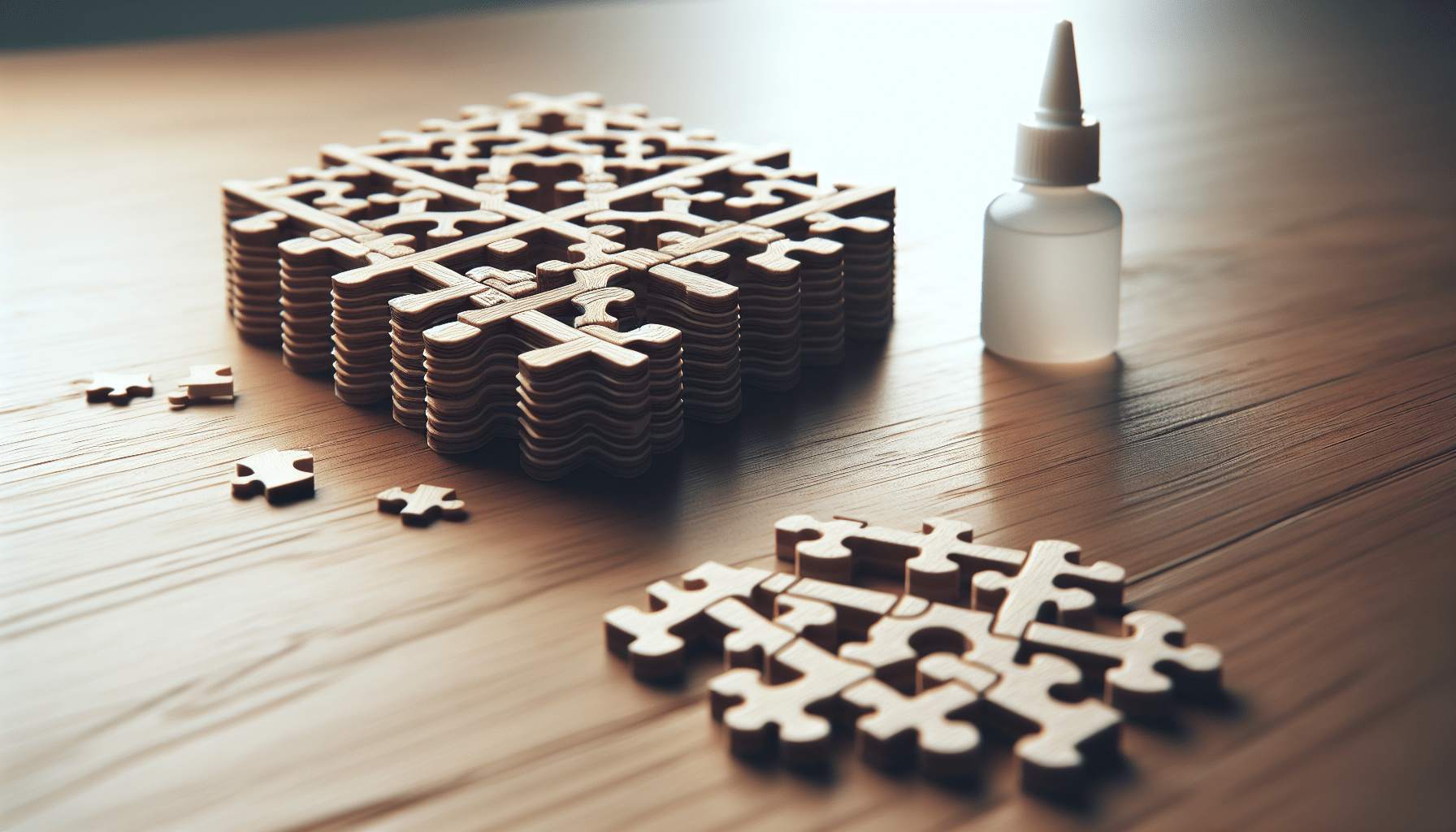Have you ever wondered if 3D wooden puzzles require glue? These puzzles—crafted by popular brands like Robotime, Rokr, Ugears, Wood Trick, EWA, Vitascope, Wooden City, and Handmadecity—can be both an enjoyable and rewarding experience. Whether you’re a seasoned puzzler or a novice, this article will help you understand the ins and outs of assembling 3D wooden puzzles and clarify whether or not you’ll need to keep a bottle of glue nearby.
Understanding 3D Wooden Puzzles
3D wooden puzzles are intricate models made from high-quality plywood sheets, each containing numerous pre-cut pieces. You can find models ranging from mechanical gears to detailed replicas of famous landmarks. These puzzles not only serve as a fantastic hobby but also stimulate your problem-solving skills and enhance your patience and creativity.
How They Work
Usually, 3D wooden puzzles come as kits where the pieces are laser-cut and etched onto flat wooden boards. You punch out the pieces and assemble them according to the included instructions. Many puzzles utilize interlocking joints, an ancient method of woodworking that allows parts to fit snugly together without the need for additional adhesives.
Popular Brands
Each brand offers a unique take on 3D wooden puzzles. For example, Robotime and Rokr often focus on mechanical models, Ugears emphasizes motion through hand-cranked mechanisms, and Handmadecity emphasizes aesthetics and artistic appeal. Understanding the particular aspects of these brands can help you better appreciate the complexities and craftsmanship involved in these puzzles.
| Brand | Focus Area | Unique Features |
|---|---|---|
| Robotime | Mechanical & Aesthetic | Battery-operated and moving parts |
| Rokr | Mechanical & Functional | Functional mechanical models, often DIY-style |
| Ugears | Kinetic & Motion | Hand-cranked mechanisms, no batteries required |
| Wood Trick | Mechanical & Decorative | Household objects and decorative pieces |
| EWA | Innovative Design & Creativity | Attention to small details and creativity |
| Vitascope | Historical & Educational | Historical models with educational insights |
| Wooden City | Architectural & Structural | Architectural landmarks and structural models |
| Handmadecity | Artistic & Customizable | Unique designs with an artistic approach |

Do 3D Wooden Puzzles Require Glue?
Standard Assembly Techniques
Most 3D wooden puzzles are designed to be assembled without glue. The pieces are precision-cut to fit tightly together using interlocking joints. This method has several advantages, such as:
- Ease of Assembly: Interlocking joints simplify the assembly process since you only need to follow the pattern and fit the matching pieces together.
- Reusability: If you ever want to disassemble and reassemble the puzzle, you can do so without damaging the pieces.
- Clean Finish: You avoid the mess and stress associated with applying glue.
Instances When Glue Might Be Needed
Although glue isn’t generally required, there are specific situations where it can become necessary:
- Loose Fits: Occasionally, you may encounter pieces that don’t fit as snugly as they should. In this case, a small dab of glue can help secure them.
- Durability: If you plan to handle the finished model frequently or if it has moving parts, a few drops of glue can add durability.
- Complex Models: For particularly intricate models, glue can ensure that delicate parts stay in place during and after assembly.
Types of Glue to Use
If you decide that glue is needed, it’s important to choose the right type.
- Wood Glue: Ideal for wooden surfaces and provides a strong bond.
- PVA Glue: Also known as white glue; it is versatile and effective.
- Super Glue (Cyanoacrylate): Offers a quick and strong bond for intricate areas but be cautious as it can be messy.
We use the latter, Super Glue. Having tried wood and PVA glue, it is frustrating as you have to hold the bits together and wait for them to dry, which can take hours to a whole day! Nobody can wait that long and it just makes the whole process tedious in the extreme. Using Super Glue is instant and you can get on with building the puzzle in seconds. After all, that’s what the whole process is about, building 3D puzzles, not waiting for glue to dry. A word of warning though. It can be very tricky not getting it on your fingers and we all know what happens then. You only need very small amounts of glue to make things stick together, and I mean small! Here’s a link if you think you need glue. Generally speaking, none of the laser-cut 3D wooden puzzles require glue as the parts are very tight-fitting. Sometimes though you may have to wiggle parts to make them fit which can make them a little loose, so you may require glue on the rare occasion. Best to be prepared I guess, here’s the link for the recommended glue I use:
Wood Glue for 3D Wooden Puzzles
How to Apply Glue
When applying glue to your 3D wooden puzzle, follow these simple steps:
- Test Fit: Before applying glue, always test fit the parts to make sure they align correctly.
- Apply Sparingly: Use a toothpick or a small brush to apply glue carefully. A small amount is usually sufficient.
- Clamp If Needed: If the pieces are parts of a complex assembly, use light clamps or hold them together until the glue sets.

Helpful Tips for Assembling 3D Wooden Puzzles
Read Instructions Carefully
Always start by thoroughly reading the instructions. Understanding the step-by-step process will make your experience far more enjoyable. Brands often include detailed diagrams and notes, which can be extremely helpful.
Take Your Time
Rushing through the process can lead to mistakes. Take your time to ensure that each piece is correctly fitted before moving to the next.
Organize Your Pieces
Before you start, lay out all the pieces and organize them. Group similar pieces together and follow the numerical or alphabetical codes provided in the manual.
Use Tools
Some useful tools can make the assembly process smoother. These might include:
- Tweezers: For handling small parts.
- Sandpaper: To smooth out any rough edges.
- Utility Knife: For precise cutting, if needed.
Light and Workspace
A well-lit workspace will make it easier to see the details and assemble the puzzle correctly. Ensure you have enough space to spread out the pieces and tools.

Fun and Learning with 3D Wooden Puzzles
Cognitive Benefits
Assembling 3D wooden puzzles can improve spatial awareness, enhance your problem-solving abilities, and boost memory functions. It’s a fantastic way to keep your mind active and engaged.
Aesthetic Satisfaction
Once completed, 3D wooden puzzles often serve as exquisite pieces of decor. You’ll be satisfied with displaying something you’ve put effort into creating.
Educational Value
These puzzles offer educational value for young enthusiasts, depending on the model, teaching them about mechanisms, architecture, and even historical contexts.
Group Activity
Assembling a puzzle can also be a great way to spend quality time with family and friends. It encourages teamwork and communication while providing a fun, collective challenge.
Long-Term Fulfillment
The sense of accomplishment from completing a complex puzzle can be immensely fulfilling. It’s a hobby that offers long-term satisfaction, as each new model presents a unique set of challenges and rewards.

Conclusion
The question, “Do 3D wooden puzzles require glue?” has a nuanced answer. While most puzzles are designed to be assembled without glue, there are situations where it can be beneficial for ensuring stability and durability. Understanding when and how to use glue will enhance your puzzle experience, making it more enjoyable and rewarding.
By following the tips and information provided, you’ll be well-equipped to tackle any 3D wooden puzzle, whether it’s your first or fiftieth. Enjoy the journey of bringing these intricate wooden pieces to life and cherish the beautiful creations that result from your effort and patience.
Ready to start your 3D wooden puzzle journey?
Click on any of the following links for our reviews:
All Categories
Boats
Clocks
Marble Runs
Musical Boxes
Musical Instruments
Puzzle Boxes
Trains
Trams
Trucks
